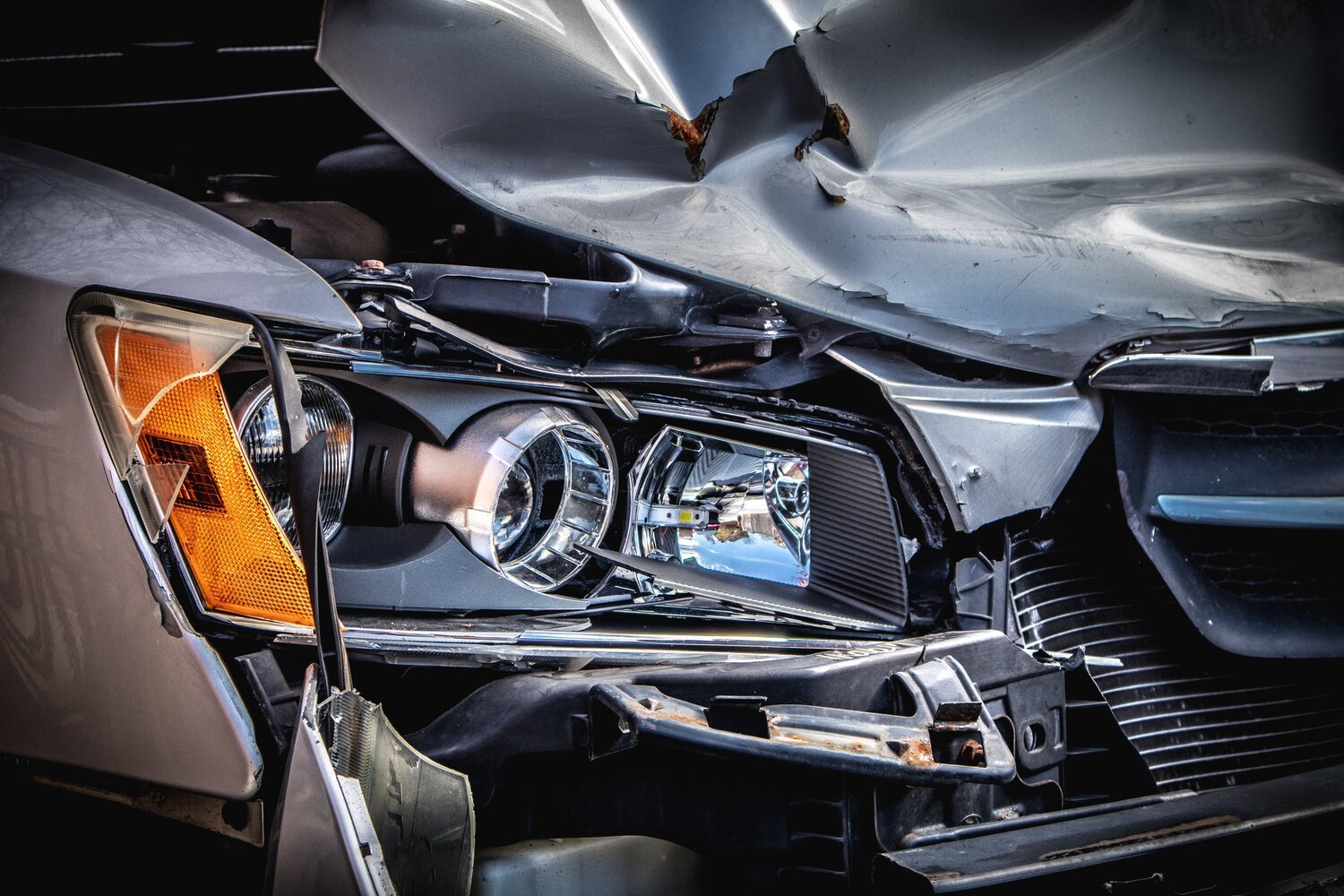2 min read
Personal Injury 101: Passenger Rights in a Car Accident
Aaron Ferguson Law Sep 6, 2024 9:00:00 AM

In Minnesota, passengers in a car accident have rights. If you’ve been in a car accident as a passenger, you can seek payment for medical bills and lost wages sustained because of your injuries.
How (and from whom) you seek compensation may differ, depending on certain factors–such as the “at-fault” party or whether you, a family member, or other close relation own an insured vehicle at the time of the accident.
Knowing your rights–and how drivers and passengers are treated under the law– can help you better navigate the personal injury claim process and receive the highest possible compensation.
Insurance Priority for Passengers under the Minnesota No-Fault Act
In Minnesota, “no-fault” is the first avenue for pursuing financial recovery after a car accident.
The Minnesota No-Fault Act states that each injured person may potentially receive up to $20,000 for payment of medical bills and lost wages, even if they are at fault for the accident. A priority set by law determines whose insurance policy will be responsible for your no-fault expenses:
- In most cases, the first priority is your auto insurance, even if you were not driving at the time of the accident (and even if your vehicle was not involved).
- If you did not own an insured vehicle at the time of the accident, the second priority is the policy of a family member who lives with you and owns an insured vehicle, often referred to as a “resident relative.”
- The third priority is an “occupied vehicle,” or the insurance of the vehicle containing the injured person. If the injured person was a pedestrian or a cyclist, then the third priority would be the insurance of the vehicle that hit them.
- Minnesota also has an Assigned Risk Plan, which may be able to provide coverage for people not covered by any of the higher priorities.
Liability Claims for Passengers
If the “no-fault” path doesn’t provide sufficient financial recovery, the second avenue is a claim against the at-fault person or party. This part of your claim is called the “liability” portion. Often, insurance companies will fight over who is at fault, and sometimes multiple parties will share the blame for the accident.
- Unlike drivers involved in a car accident, passengers are rarely found at fault, since they did not control any vehicles at the time of the accident. As a passenger, you are likely to have a claim against either the driver of the vehicle you were riding in or the driver of the other vehicle.
- However, you could get caught in the middle of a liability fight if the insurance companies covering the drivers cannot agree on who was at fault. This could delay your ability to seek compensation for your claim. This fight may also mean you will be asked to provide recorded statements to multiple insurers, attend an independent medical examination, or otherwise provide information to help determine the facts of the accident and the extent of damages.
- Seeking compensation from the at-fault driver’s insurance company can be further complicated when the at-fault driver is a close relative. In Minnesota, you have the right to sue the at-fault driver of the vehicle, regardless of relation. Unfortunately, this means that you may need to file a lawsuit against your own relative to get the compensation that you are entitled to according to law.
For help navigating a car accident, dealing with insurance companies, and getting full financial recovery, call our office at 651-493-0426 or complete the free consultation form below.
Get a Free Case Consultation

◄ Back to Blog Listing Page
